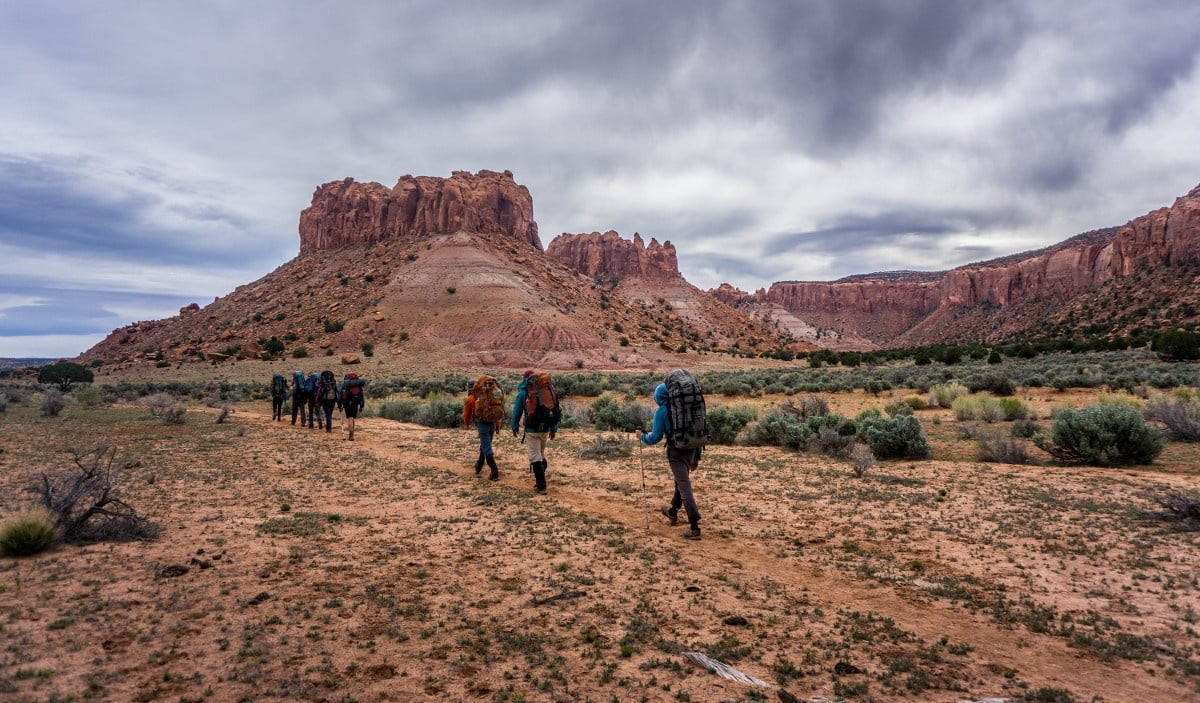
Stand still. The trees ahead and bushes beside you
Are not lost. Wherever you are is called Here,
And you must treat it as a powerful stranger,
Must ask permission to know it and be known.
The forest breathes. Listen. It answers,
I have made this place around you.
If you leave it, you may come back again, saying Here.
No two trees are the same to Raven.
No two branches are the same to Wren.
If what a tree or a bush does is lost on you,
You are surely lost. Stand still. The forest knows
Where you are. You must let it find you.—David Wagoner
At the point where our yellow school bus, reeking of sweaty clothes and weathered hiking shoes, pulled up to our drop-off spot in Escalante, I had already skied across snow-blanketed backcountry mountains and canoed 100 miles through canyon walls with Class IV rapids. I felt toned and seasoned coming into the third section of my semesterlong course, the Rocky Mountain Outdoor Educator semester, but nothing could have prepared me to hike over a hundred miles across the southern Utah desert.
My first day in the desert, I wrote in my field journal:
“Curiosity strikes me everywhere I look. The clouds roam above me, protective not of me, but of this land. They provide water and shade for all of the living things here. The sands are soft and wind touched. We camp on smooth rock surfaces and avoid the untouched cryptobiotic soil thriving around us to keep from destroying it. We see rain in the distance, but it rarely reaches us. There’s petrified wood scattered amongst small red and purple flowers.”
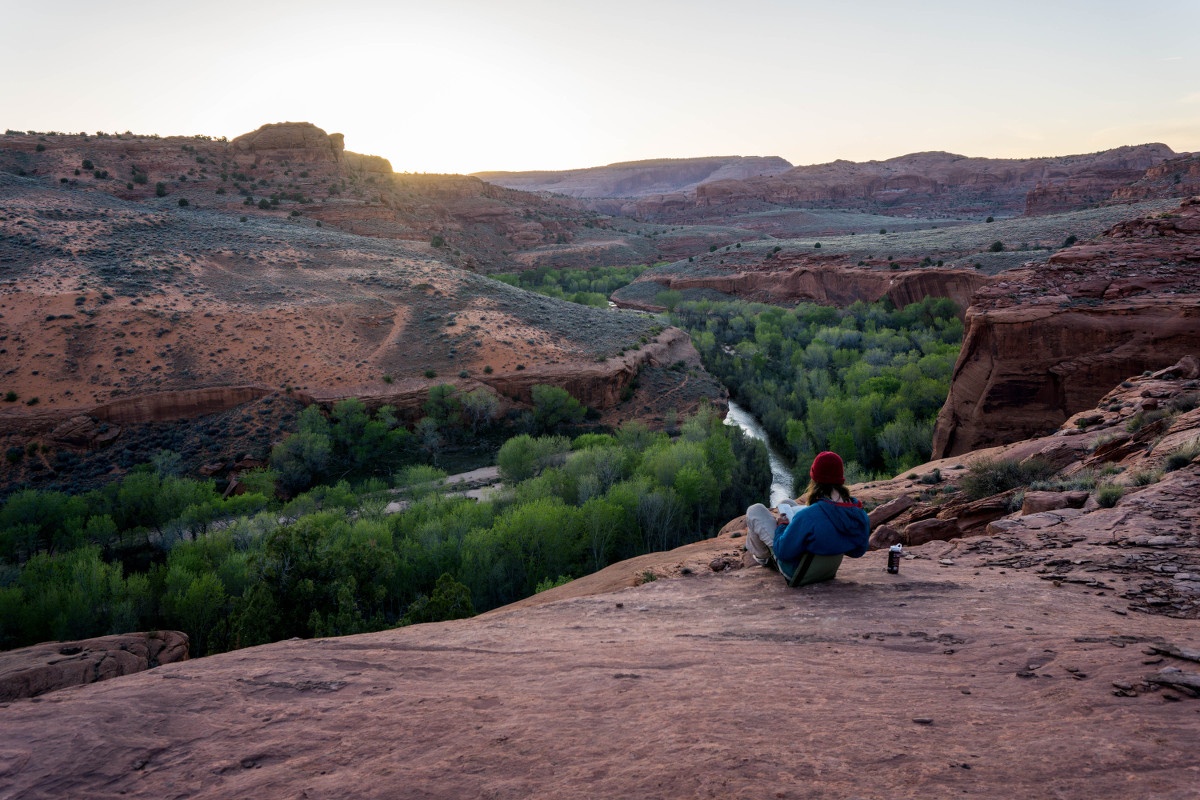
That night, the desert weather that had appeared calm and predictable transformed into snow that fell so heavily my tent caved in. I quickly learned that setting my tent up over concaved slickrock would result in a thoroughly soaked floor, and that if the corners of the tent were not weighed down enough, our shelter would glide on the unreliable slickrock.
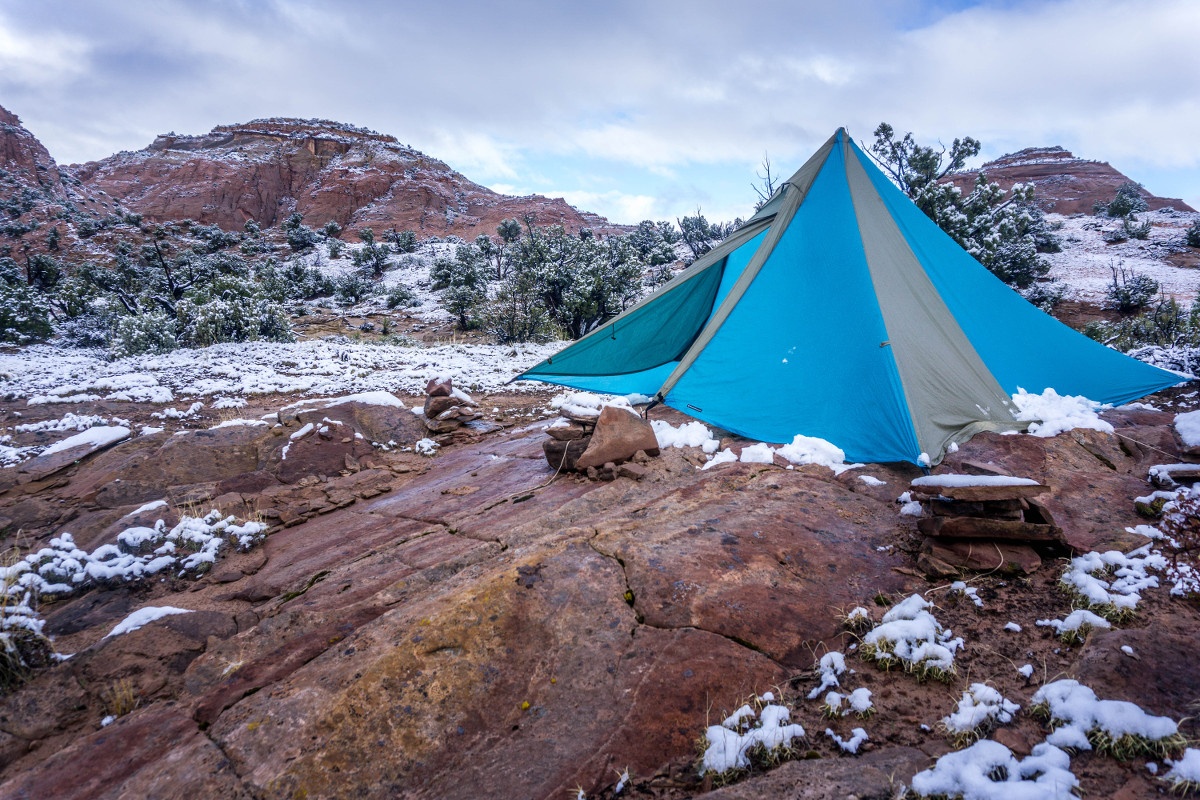
Our adventure in the desert had only just begun. The environment continued to challenge us, both mentally and physically. We sometimes drank water the color and consistency of chocolate milk, and hiked for hours in search of water when potholes and washes continued to turn up dry. At no other point in my life had I been stripped of the ease of access to the most basic necessity of life—and never had I felt so accomplished as when taking a sip of that buggy water. My contentment was well matched by my coursemates who, at the sight of the water, started yelling and dancing with their 60-pound packs still on.
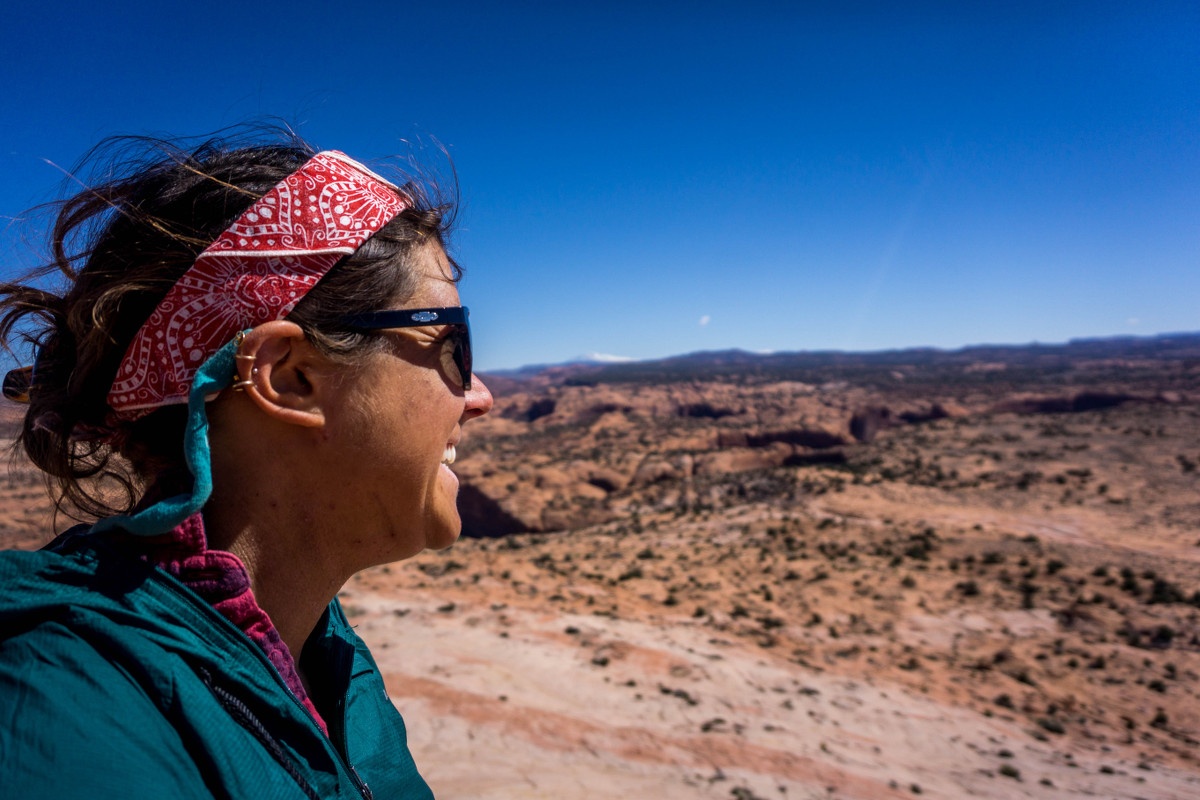
Before I realized it, I had begun to move from a place of comfort in a world filled with screens and cement, to one where I blended in with the environment that surrounded me. My mirrors became the rivers, the junipers, the Chinle and Wingate sandstone walls, and the canyon wrens.
I dove deeper into the environment, wanting to absorb as much of its knowledge as possible. Flipping through historical literature and books on flora and fauna, my coursemates and I set weekly goals of identifying as many living and nonliving things as we could on top of all the other knowledge about backpacking, canyoneering, and leadership we were learning. Our curiosity took us from sand flats that stretched out for miles to the depths of slot canyons, sometimes measuring only eight inches wide.

Escalante taught me a very special lesson: to stop. To stop doing and start listening. Its valleys and mesas have been here for millions of years. Though they appear steady and unwavering, they have always been giving way to change, inviting the floods and winds to smooth and reshape their walls and floors without fear of what’s to come. The lines within the mountains and valleys are maps to the places that the winds and waters have traveled. We were blessed to be able to learn from the terrain, but we learned we must create our own maps and stories through experience that becomes etched in the wrinkles of our skin.
My hope is that even through the unpredictable and rapid pace of life we can look to the natural world as a role model to take a breath, just listen, and move forward without fear of the future.
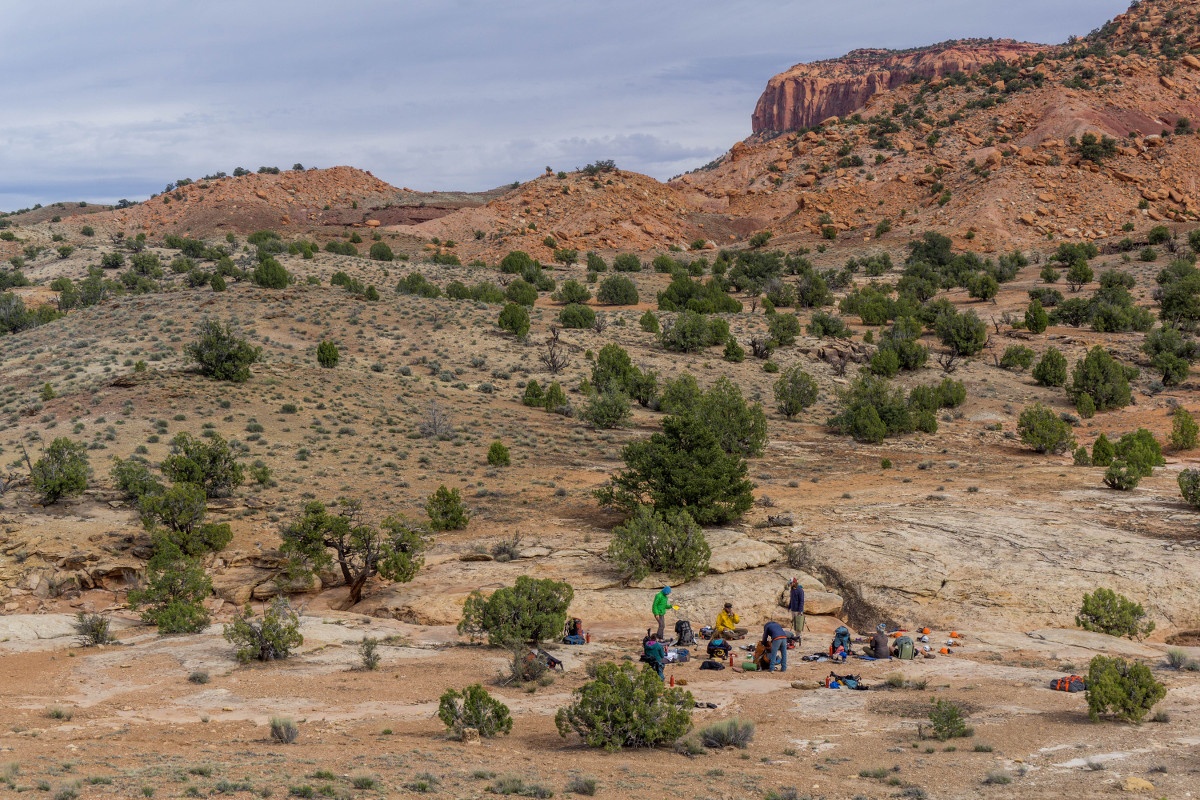
Go to canyons like these on a semester for outdoor educators.
- Semester
- Semester In The Rockies
- Nols Semester
- Outdoor Educator
- Outdoor Educator Semester
- Stories
- Student Stories
Written By
Erin Phillips
Erin took a NOLS semester for outdoor educators in the spring of 2017. Her passions are photography, soccer, rock climbing, and staying dirty in the outdoors . She is currently living the nomadic lifestyle with her Ford Flex, and works in wilderness therapy in the Utah desert.



